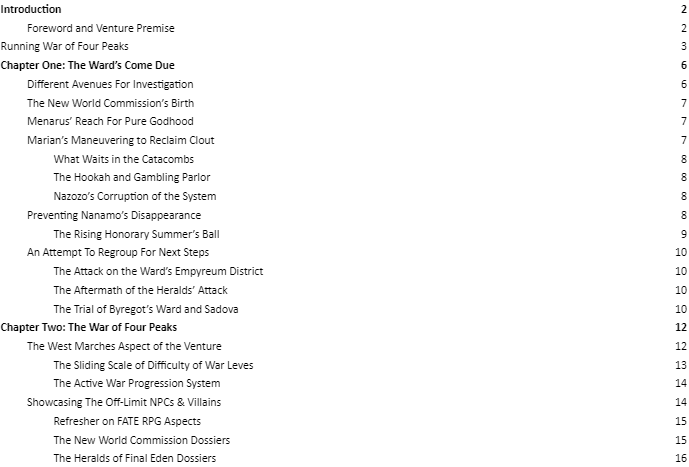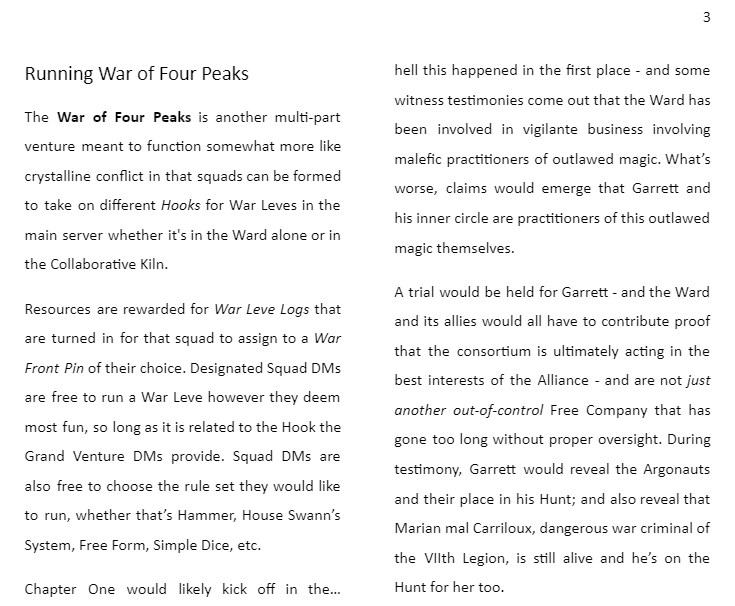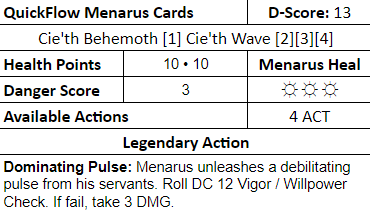The Flexibility of a Outline Across Media
Discover flexible outlining tips for writers and creators. Learn how tables, columns, and TOCs can improve your planning and workflow.

I have been a pantser for an extremely long time. For those who don’t know, a pantser is a writer who does not plot prior to writing, but instead prefers to “fly by the seat of their pants,” hence the name. It used to be hard for me to plot anything I was working on, especially if it was fiction. You never know what ideas will pop up in your head while you’re working that completely throws your previous plans out the window.
It was a bad habit for me. Whether it was schoolwork, essays, or stories, being a pantser for so long made me susceptible to a poor flow of ideas. Every time something ‘new’ popped up in my head, I found my vibe completely and irreparably stunted. It made it extremely hard to get any work done, so much so that I didn’t think I could ever write a book because of it.
This was until I discovered a few formatting tricks to get me into the habit of plotting. Now, my style of outlining has become so flexible and adjustable that I can use it with anything. From books to scripts to Dungeons and Dragons, changing how I look at an outline has forever changed how I approach planning for my work—mostly for the better. These formatting tricks are primarily for people who use Google Docs for their work, although they can probably be replicated in Microsoft Word or Scrivener.

First and foremost, having a table of contents for your outline helps a lot. This is probably a no-brainer, but if you use a table of contents (inserted or sidebar), it can help you keep track of what you are working on. It can also allow you to reference things quickly in a document without spending ages combing back through your entire outline to find something—this is a blessing if you are trying to plan something far more complicated than what is typical for you. For me, personally, having an updated table of contents also reminds me of how much work I’ve done, which is a dopamine boost if you ever need it (a table of contents in your actual work is also good for this too).

A second formatting trick I use for my outline, and I don’t know why this is so effective for me, is using a two-column page setup while outlining and planning. Maybe it is because I love reading TTRPG books. Maybe it is because the two- or three-column formatting reminds me of a well-organized article. But I find that I can complete an outline far easier with this formatting as opposed to the default single-column formatting.

Finally, I love using tables for outlining characters, their traits, and other relevant information for my work. The last few examples above were for an outline I created for my FFXIV free company and the storyline I want to run for them. But creating tables is a fun and interactive way to keep track of my characters no matter what I’m creating.
If you are not using these formatting tricks yet for your writing, TTRPGs, or other artworks, try them out sometime and let me know your thoughts. Have your own little mental or formatting tricks you use regularly to keep working? Let me know down below in the comments!
Penman Ventures Newsletter
Join the newsletter to receive the latest updates in your inbox.



